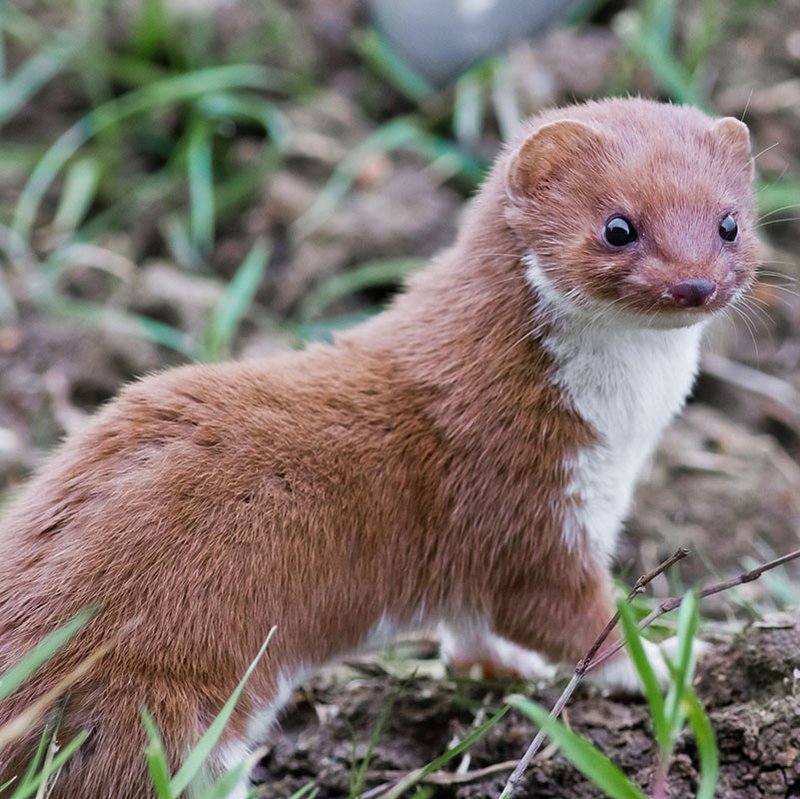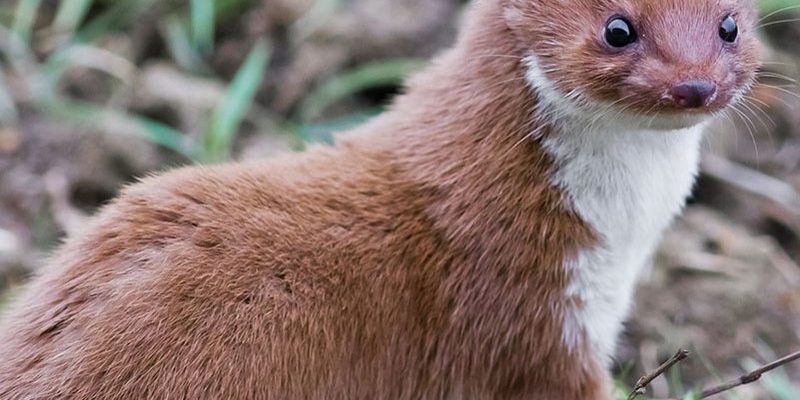
These small, agile mammals appear in various settings, from ancient myths to modern cartoons. Think of a weasel as the trickster archetype, similar to characters like the fox or the coyote. In stories, weasels often serve as lessons in intelligence and guile, reminding us that not everything is as it seems. So, if you’ve ever wondered how these creatures have snuck their way into our stories and cultures, let’s dive deeper into the fascinating world of weasels in folklore.
The Weasel in Ancient Folklore
In many ancient cultures, the weasel was viewed through a mystical lens. For instance, in **Roman mythology**, the weasel was associated with the goddess of love, Venus. It was believed that this creature could impart wisdom and cleverness to those who honored it. The Romans thought that weasels were protectors of homes; they kept out pests and warned of danger. You might picture a wise old lady, perhaps living on the edge of a forest, with a weasel as her loyal companion, helping her keep the dark forces at bay.
In **Native American cultures**, weasels are often seen as symbols of stealth and agility. They appear in tales that emphasize the importance of being clever and quick-thinking. In these stories, the weasel uses its intelligence to escape danger or outsmart larger foes, showcasing the idea that sometimes, being small and nimble can be more advantageous than brute strength.
Weasels in European Literature
Moving over to **European literature**, weasels have a more varied representation. In medieval times, they were often depicted as cunning tricksters. A classic example is found in **Aesop’s fables**, where the weasel is portrayed as a crafty character that uses its wits to navigate tricky situations. Here’s the thing: these stories often teach moral lessons. The weasel’s cleverness might help it win a battle, but it often comes with a warning about the consequences of deceit.
Additionally, the **works of William Shakespeare** feature weasels in a more negative light. In “Hamlet,” the term “weasel” is used to describe someone who is sneaky or deceitful. This adds a layer of complexity to the weasel’s representation in culture. While some stories celebrate their cleverness, others caution against their trickster nature. It’s kind of like watching a character in a movie who’s always pulling off heists but can’t ever be trusted.
Symbolism of the Weasel in Modern Culture
Today, weasels remain prevalent in modern culture, often as symbols of cunning or craftiness. Consider how we often say someone is “weaseling out” of a responsibility. This phrase highlights the negative connotation that has stuck with these creatures over time. In films and TV shows, weasels might be cast as the villainous character or the one who always has a deceptive plan up their sleeve.
You might remember the character of **Jasper** in Disney’s “101 Dalmatians,” who has a sly demeanor reminiscent of the weasel. Characters like this reinforce the idea that cleverness can be a double-edged sword. While quick thinking can lead to success, it can also lead to betrayal. It’s a reminder of the rich tapestry that weasels weave through our cultural storytelling.
Weasels in Folklore Around the World
Interestingly, different cultures interpret the weasel uniquely. In **Japanese folklore**, weasels are often seen as protectors. They are associated with the rice deity, Inari. In this context, they symbolize fertility and abundance. They’re seen as bringers of good fortune, contrasting sharply with the Western view of weasels as cunning tricksters. Here’s a perfect example of how cultural context can shape perceptions—what might be seen as sneaky in one culture could be deemed protective in another.
In **African folklore**, the weasel sometimes appears in tales highlighting its intelligence. These stories often emphasize resourcefulness in overcoming larger, more powerful adversaries. The weasel’s ability to navigate tricky situations makes it a relatable figure for many, particularly for those who feel small in a big world. These stories resonate with the idea that being clever and quick-witted is sometimes more critical than sheer strength.
The Weasel’s Role in Contemporary Storytelling
In the realm of contemporary storytelling—be it in books, films, or animations—writers continue to draw inspiration from the weasel’s dual persona. You might notice that when weasels appear, they often embody both cleverness and deception. Think about how often they show up in detective stories as the sneaky informant or the sidekick with a hidden agenda.
This duality allows us to explore complex themes of morality in storytelling. Characters that embody the weasel’s traits may provoke our thoughts about trust and deception. How often do we overlook someone’s motives because they seem so charming or clever? This complexity gives the weasel a lasting presence in modern narratives, echoing the age-old tales that once circulated around campfires.
Cultural Perspectives on Weasels
The way we perceive weasels also reflects broader cultural beliefs about nature and animals. In many cultures, animals are more than just creatures; they represent certain qualities or lessons. The weasel, with its quick movements and sharp instincts, teaches us about adaptability and the balance between cleverness and caution.
You might find it interesting to note that in some indigenous cultures, animals like the weasel carry significant spiritual meanings. They might symbolize the importance of being aware of one’s surroundings and using intelligence wisely. It’s not just about being fast or clever; it’s also about understanding when to use those traits effectively.
Ultimately, the representation of the weasel in culture and folklore is a rich tapestry woven with contradictory themes of cunning, wisdom, and caution. Whether they appear as heroes or villains, weasels prompt us to think about our own traits and morals. They remind us that being clever and quick-witted can help navigate life’s challenges, but it’s important to use these traits ethically.
As we continue to share stories about these fascinating creatures, let’s remember the lessons they bring to the table. By examining the weasel’s portrayal across cultures, we gain insight into our own beliefs, fears, and values. So, the next time you hear or read about a weasel, take a moment to reflect on what that story says about humanity. After all, these little animals have been teaching us about life far longer than we’ve been telling their tales.

